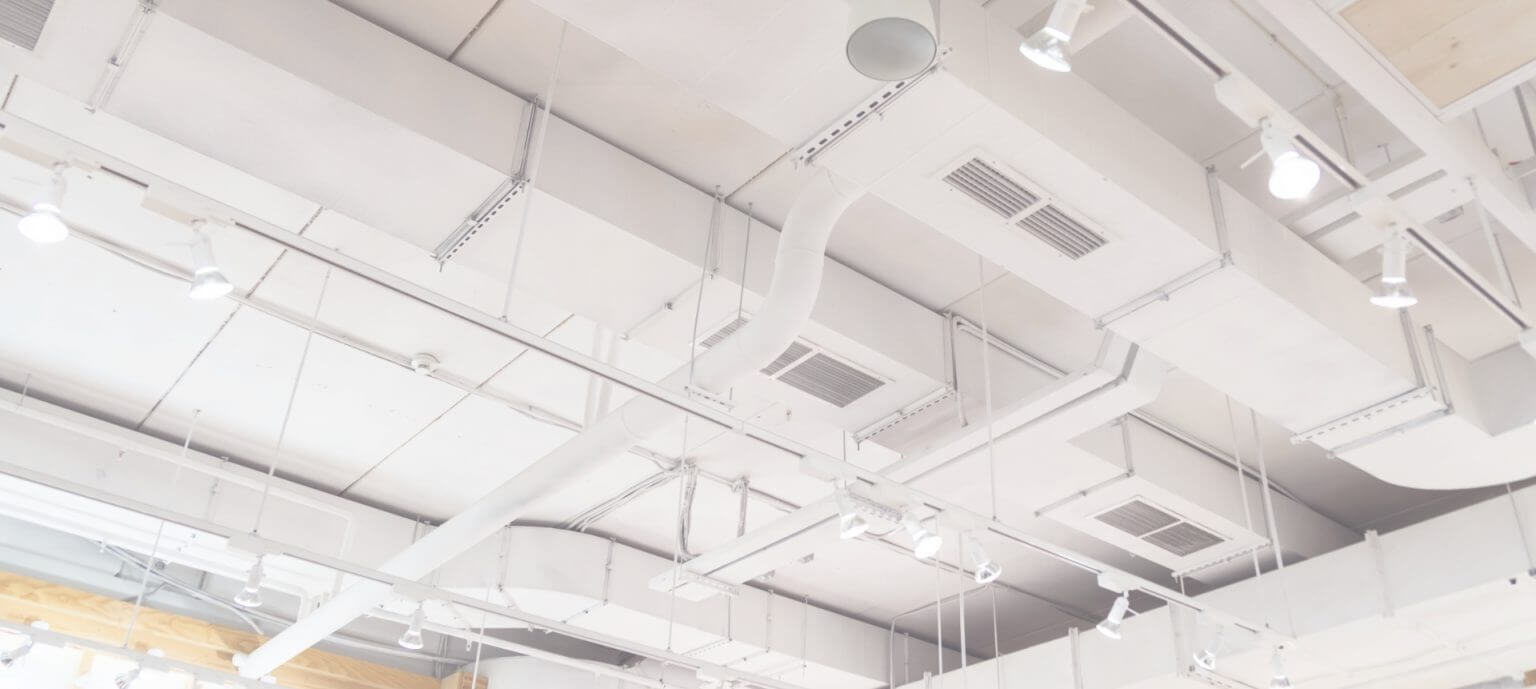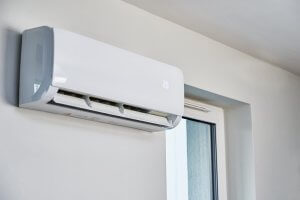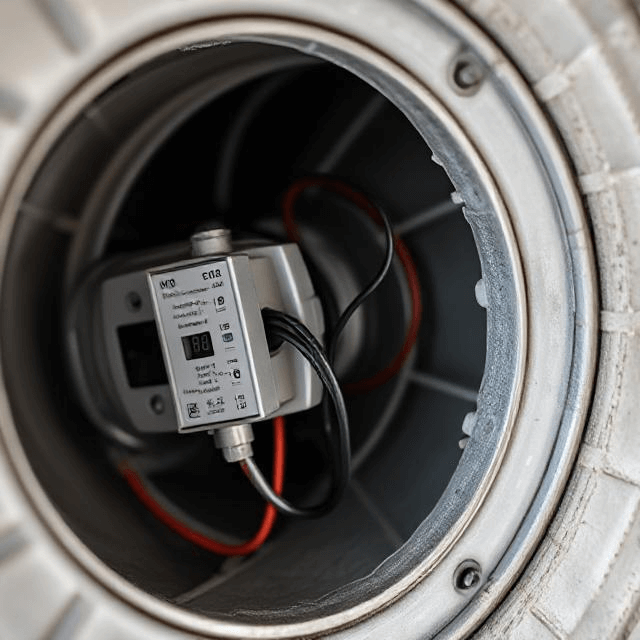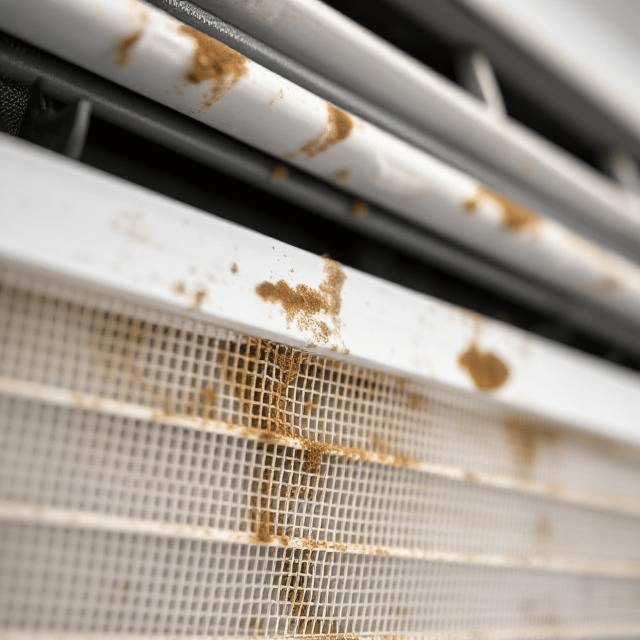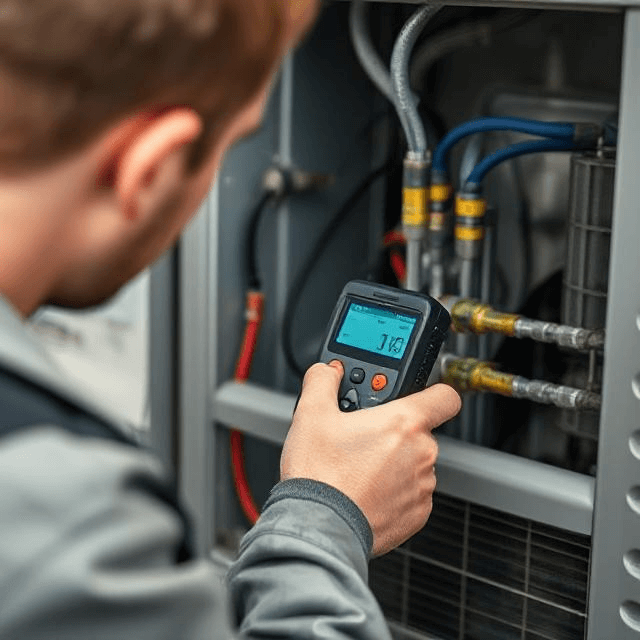Duct insulation and sealing are critical yet often overlooked aspects of maintaining an efficient and safe HVAC system. Proper duct insulation helps maintain the desired temperatures in your living spaces by reducing heat loss or gain through ductwork.
Similarly, sealing ducts prevents air leaks that can significantly undermine the system’s efficiency and increase utility costs. Beyond just comfort and cost, these measures protect indoor air quality and control the circulation of pollutants and allergens.
In this guide, let’s explore the importance of duct insulation and sealing with Season Control HVAC. We will ensure your HVAC system operates at peak performance while safeguarding the health and safety of occupants.
Understanding Duct Insulation
Duct insulation maintains consistent temperatures throughout the airflow path from your heating or cooling system to the various spaces in a building. Effective insulation reduces the energy required to warm or cool the air to the desired temperature, ultimately saving on energy costs and enhancing the overall efficiency of the HVAC system.
Types of Duct Insulation Materials
- Fiberglass Insulation: This type comes in flexible and rigid forms and can be wrapped around or installed within the ductwork. Fiberglass is valued for its thermal resistance and is relatively inexpensive.
- Foam Insulation: Rigid foam panels or spray foam can insulate ductwork. Foam insulation often provides a higher R-value (a measure of thermal resistance) per inch of thickness than fiberglass, making it more effective at preventing heat transfer.
- Reflective Insulation: This consists of reflective materials like aluminum foil glued to one or both sides of insulation materials, such as polyethylene bubbles. It is particularly effective in hot climates as it reflects radiant heat away from ducts, keeping the air inside cooler.
- Cotton Insulation: Made from recycled denim or cotton fabrics, this eco-friendly option is treated with fire retardants and can be a great alternative for those looking for sustainable building materials. It’s less itchy to install than fiberglass but usually more expensive.
Benefits of Insulating Ducts
- Energy Savings: Proper insulation helps maintain the temperature of the air flowing through the ducts. This lowers the energy needed to heat or cool the air to the desired temperature. It also leads to energy savings and reduced utility bills.
- Improved Comfort: Insulation helps to keep the air at the intended temperature as it travels through the ducts. This means it can more effectively heat or cool the spaces within a building.
- Condensation Control: By maintaining the air temperature inside the ducts, insulation also reduces the risk of condensation, which can be problematic in areas with high humidity. Condensation can cause moisture problems, including mold and mildew growth, which can damage building materials and degrade indoor air quality.
- Noise Reduction: Insulated ducts can also help reduce noise—both the sound of the air flowing through the ducts and the operational sounds of the HVAC system.
- Environmental Impact: Insulated ducts reduce the energy needed to heat or cool a building, contributing to lower carbon emissions and energy conservation.
How Proper Insulation Contributes to Safety
Proper duct insulation enhances safety by being inherently fire-resistant and controlling condensation. This helps slow the spread of flames, reduces smoke production in case of a fire, and prevents mold and mildew growth, protecting the building’s structural integrity and occupants’ health.
The Importance of Sealing Ducts
Proper duct sealing ensures that air does not leak from the ductwork. It provides several key benefits:
Maximizing Efficiency
Air leaks in the ductwork lead to energy loss. Heated or cooled air escapes before reaching its desired destination, causing the HVAC system to work harder to maintain the desired temperature.
Sealing leaks can enhance system efficiency, reduce the workload on your HVAC equipment, and lower energy consumption.
Cost Savings
With no air leaks, the HVAC system operates more efficiently, which reduces energy usage and wear and tear. This cuts down on monthly utility bills and extends the lifespan of the HVAC system, saving money on potential repairs and replacements.
Improve Indoor Air Quality
Duct leaks can draw in dust, allergens, and pollutants from attics, basements, and crawl spaces and circulate them throughout your home. Sealing ducts help prevent the intake of these harmful contaminants, thereby maintaining cleaner indoor air and reducing the risk of respiratory issues and allergies among occupants.
Enhancing Comfort
Sealed ducts help ensure air is evenly and consistently distributed in all rooms. This eliminates issues with uneven temperatures, such as some rooms being too hot. At the same time, others are too cold, thus enhancing the comfort levels throughout the building.
Environmental Impact
Duct sealing also contributes to environmental protection by improving the efficiency of HVAC systems and reducing energy usage. Lower energy consumption means less demand for power plants, which can reduce the overall carbon footprint.
How to Identify Duct Leaks
- Visual Inspection: Start by visually inspecting all accessible ductwork for signs of wear and tear, such as holes, cracks, or disconnected joints. Pay special attention to areas where ducts bend or connect to registers and vents.
- Hand Test: Turn on the HVAC system and carefully feel along the ducts for any air escaping from seams, joints, or connections.
- Smoke Test: For a more precise identification, use a smoke pencil or incense stick. Hold it near the duct connections and seams while the system is running. Watch how the smoke moves; if it gets sucked into the duct or blown out, there’s a leak.
- Professional Assessment: Consider hiring an HVAC professional who can thoroughly inspect and test using specialized equipment, such as a duct blaster, which pressurizes the duct system and measures the total air leakage.
Techniques for Sealing Ducts
- Mastic Sealant: A thick, sticky paste that can be brushed or troweled over leaks. Once dried, it forms a durable seal over any gaps or joints in the ductwork.
- Foil Tape: Also known as HVAC tape, it is used for sealing joints and seams in ductwork. Unlike common duct tape, foil tape is designed to handle the temperature variations in duct systems.
- Aeroseal: This is a professional sealing technology in which a sealant is blown into the duct system to seek out and plug leaks. This method is particularly effective for hard-to-reach leaks that can’t easily be accessed for manual sealing.
Safety Considerations in Duct Insulation and Sealing
When undertaking duct insulation and sealing projects, it’s crucial to consider safety to protect the building and its occupants. Here are some essential safety considerations:
Material Safety
Choose insulation materials that are non-toxic and do not emit harmful fumes. Many insulation materials, especially foam and fiberglass, can release particles into the air that can be hazardous if inhaled. Ensure proper handling and wear appropriate safety gear, such as masks and gloves, if using such materials.
Fire Resistance
Opt for materials that are inherently fire-resistant. This reduces the risk of fire spreading through ductwork, which can be a conduit for flames if not properly managed. Check for the fire ratings on all materials used in your ductwork system.
Proper Installation
Incorrect installation of duct insulation and sealing can lead to increased risks, including fire hazards and poor air quality. Ensure that all seals are intact and that insulation covers the ducts without gaps. This not only enhances efficiency but also prevents any exposure to harmful insulating materials.
Ventilation
Ensure that the work area is well-ventilated during and after the installation. This is particularly important when using sealants or sprays that may release volatile organic compounds (VOCs) or other harmful chemicals.
Regular Inspections
Post-installation, it’s vital to regularly check the condition of duct insulation and seals. This helps identify deterioration or damage early and prevents potential safety hazards from developing unnoticed.
Educating Occupants
If the building is occupied during the installation process, it’s important to inform occupants about the work being done. Provide guidance on any necessary precautions they should take, such as avoiding certain areas during application and curing times of sealants.
Should I hire a professional or attempt to do a DIY job for duct insulation and sealing?
It is advisable to hire a professional for duct insulation and sealing. Professionals have the tools, skills, and experience to ensure the job is done safely and effectively. They can also navigate complex installations and identify underlying issues that might not be apparent to a DIY enthusiast.
Does Ductwork Require Regular Maintenance?
Yes, regular maintenance of ductwork is crucial for several reasons:
- Air Quality Improvement: Removes contaminants such as dust and mold, enhancing indoor air quality.
- System Efficiency: Identifies and seals leaks, reducing energy consumption and utility costs.
- HVAC Lifespan: Prevents excessive strain on your HVAC system, prolonging its operational life.
- Safety: Addresses potential hazards like damaged insulation or loose fittings, ensuring safety.
Professionals recommend inspecting ductwork every 3 to 5 years or more often if issues arise.
Final Thoughts: The Importance of Proper Duct Maintenance
Proper duct insulation and sealing are crucial for maintaining an efficient, safe, and healthy HVAC system. Investing in the right materials and professional installation can enhance system performance, reduce energy costs, and improve indoor air quality.
Regular maintenance ensures longevity and helps avoid costly repairs, making it a worthwhile effort for any homeowner or building manager. Prioritize duct care to safeguard both your comfort and your investment.
Contact Season Control HVAC for professional assistance with your HVAC system. We ensure your system operates efficiently and enhances your indoor air quality!



